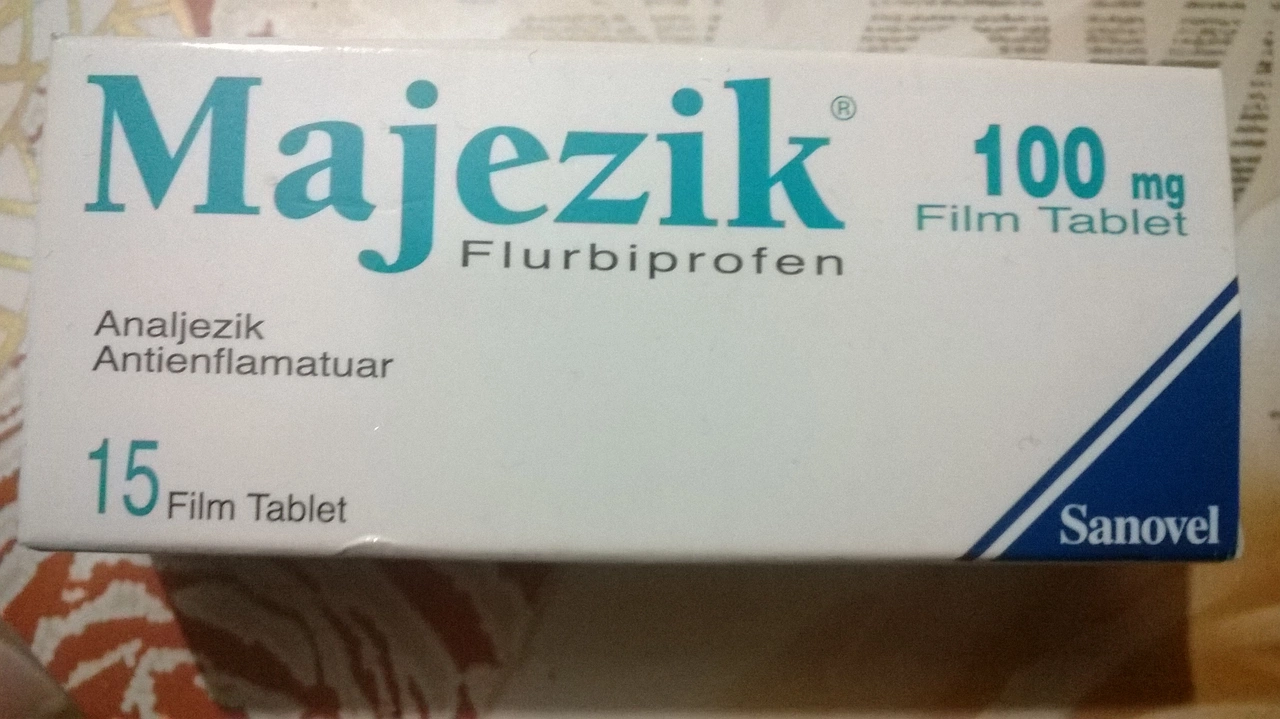Right dosage: how to take medicines safely
A single pill can help—or harm—depending on the dose. Getting the right dosage matters more than most people realize. This page gives steps to find and follow the right dose.
How to check the right dose
Start by reading the label and the leaflet that comes with your medicine. The label shows strength (50 mg), how many units to take, and how often. If the label says take one tablet twice daily, take one tablet every twelve hours, not two. If the instructions are unclear, stop and ask the pharmacist or prescriber.
Use proper measuring tools for liquids. Kitchen teaspoons are inconsistent and can cause errors. Use an oral syringe, dosing cup, or dropper that shows milliliters. If dose is in milligrams but you have a liquid, ask the pharmacist to calculate how many milliliters equal the prescribed amount.
Weight matters for many drugs, especially in children. Pediatric doses often use mg per kilogram. If you are dosing a child, keep a recent weight handy and confirm the mg/kg calculation with your pharmacist or pediatrician. Do not estimate by age.
Never crush, split, or chew pills labeled extended or delayed release. Altering those pills can release the whole dose and cause harm. If you have trouble swallowing, ask the prescriber for an alternative form such as a liquid or smaller tablet.
Keep a list of all medicines you take, including vitamins and supplements. Some drugs change how others work by increasing or decreasing their blood levels. Bring the list to every doctor visit and to the pharmacy when you pick up medication.
Timing and food instructions affect dose effectiveness. Some medicines work best on an empty stomach; others need food to reduce stomach upset or improve absorption. Follow the timing instructions and ask if you are unsure about meals.
What if you miss a dose? Read the leaflet. Common advice is take the missed dose as soon as you remember unless it is almost time for the next one. Do not double the dose to catch up unless your prescriber tells you to.
When to call for help: seek immediate care for signs of overdose—very drowsy breathing problems, fainting, seizures, or severe allergic reaction. Contact your doctor if you notice new or worsening symptoms after a dose change.
Special cases and tools
Practical tools to stay on track: use a pill organizer, set phone alarms, keep medication in its original container with the label, and store liquids upright at the right temperature. Ask your pharmacist to show you how to measure doses the time you get a liquid or medicine.
If you have kidney or liver disease, pregnancy, or are over 65, doses often need adjustment. Always mention these conditions to your prescriber. When in doubt, ask the pharmacist to double check the dose. Small questions can prevent big mistakes, and getting the right dose keeps treatment safe and effective. Ask before changing any dose, please.

Flurbiprofen Dosage: How to Choose the Right Amount for Your Pain
In today's blog post, we'll be discussing Flurbiprofen dosage and how to choose the right amount for your pain relief. Flurbiprofen is a nonsteroidal anti-inflammatory drug (NSAID) that helps reduce inflammation and alleviate pain. It's crucial to follow your doctor's recommendations for the correct dosage, as it may vary based on factors such as age, weight, and the severity of pain. Remember, taking more than the recommended dose can lead to potential side effects and complications. Stay tuned for a more in-depth look at Flurbiprofen and tips on managing your pain effectively.
Health and WellnessLatest Posts
Tags
- online pharmacy
- medication
- dietary supplement
- side effects
- online pharmacy UK
- medication safety
- mental health
- impact
- online pharmacies
- dosage
- skin health
- health
- pain relief
- dietary supplements
- massage therapy
- medication side effects
- eye inflammation
- health benefits
- mental health treatment
- thyroid medication




